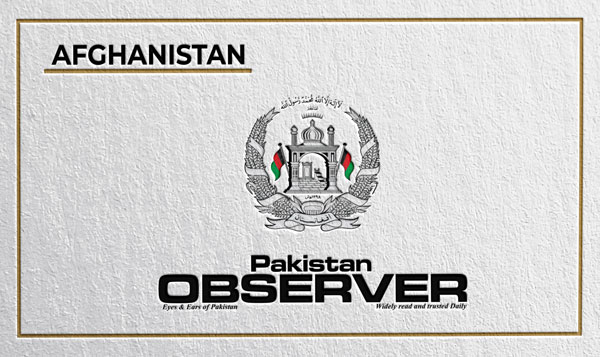Afghanistan is one of the world’s most resource-rich nations in the world, boasting over 1,200 mineral fields. According to estimates, its mineral wealth is worth $3 trillion and it includes resources such as gold, chromite, copper, iron, lead, zinc, coal, natural gas, petroleum, precious stones, lithium, talc, and various rare earth elements.
Recognising the transformative potential these resources could have for the Afghan economy, the interim government of Afghanistan has sought various ways to develop them. On August 31, Afghan government officials inked seven mining agreements with local and international corporations.
These landmark contracts entail long-term commitments spanning five to 30 years. The projects include the development of four iron blocks in Herat, one lead and zinc block in Ghor, the gold reserves in Takhar, and the copper resources of Aynak Two. The participating companies are poised to invest more than $6bn over the next three decades.
The revenues from these projects and the associated development and job opportunities will give a major boost to the Afghan economy. They are essential for improving the wellbeing of the Afghan people.
It is currently not possible to estimate the exact profits the government will receive from these projects, as exploration of the mining sites is ongoing. However, per the contracts, the Afghan state retains 56 percent of the shares in the gold mine, 12 percent in the copper one, 20 percent in lead one, and 13 percent in each iron block. Apart from that, the finance ministry will also levy relevant taxes on these projects which would create another revenue stream for the state.
The economic benefits stemming from these contracts extend beyond revenue generation. Notably, they are expected to catalyse industrial development across the country.
For example, the lead and zinc project, given to the Kabul-based Afghan Invest company, comes with the added responsibility of completing the remaining 13 percent of a 500-kilovolt power interconnection project which would ensure the import of electricity from neighbouring Turkmenistan.
This would help meet our growing energy demands and supply electricity to almost all industrial parks in the country, allowing their operational hours to be extended from 12 to 24.
Increasing the power supply could also help develop Afghan agriculture. Currently, the majority of agricultural activities in the country rely on manual labour; better access to electricity could help with the mechanisation of this sector. According to the head of the Afghanistan Chamber of Industry and Mines (ACIM), Shirbaz Kaminzada, the additional supply of electricity from Turkmenistan could boost agricultural and industrial production to the account of $2bn.
Furthermore, the power interconnection project would also lower the electricity bill of the country. Turkmenistan’s electricity is sold at lower prices; importing it would decrease costs and allow the Afghan government to negotiate better rates with its other two power suppliers: Uzbekistan and Tajikistan.
The development of the iron mines will also benefit the industrial development of Afghanistan, as it will supply iron ore to numerous steel factories in the country.
Simultaneously, the lead mine will ensure a consistent supply of raw materials for eight domestic battery-producing companies, potentially transforming Afghanistan into a battery-exporting nation.










